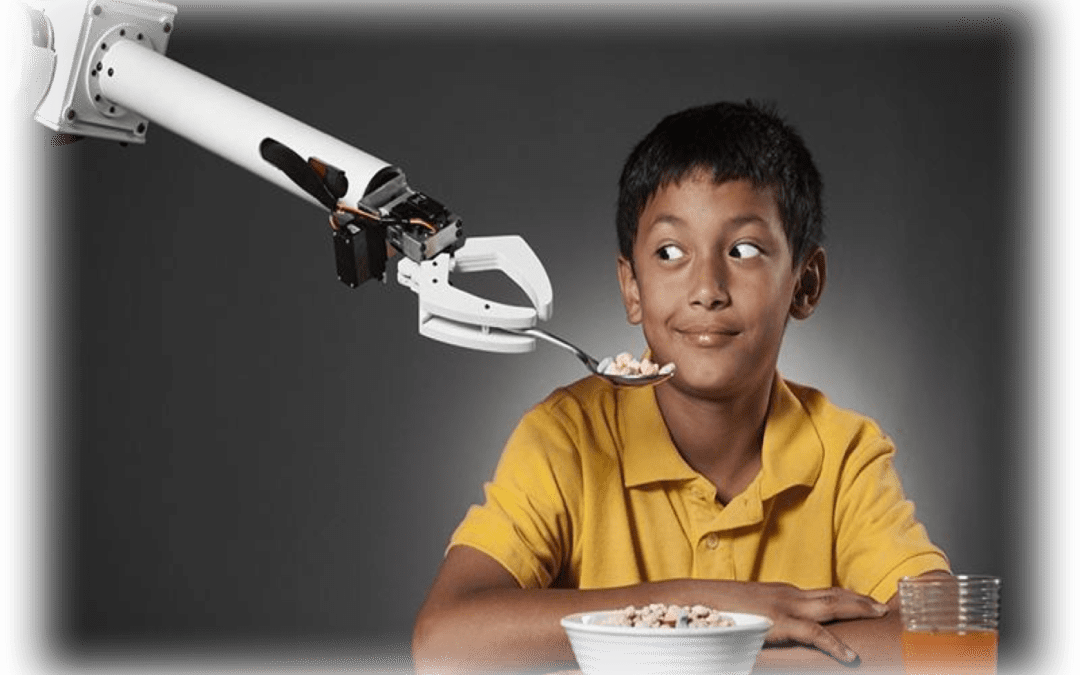For years, restaurants and businesses across industries have been applying sensors and networked services to their equipment, infrastructure, and processes. Yet, despite more connected fryers, refrigerators, and all manner of mobile apps, many companies are struggling to capture real value— particularly at the level and scale of ROI needed to justify ‘going digital’ in the first place.
The most powerful technological transformations in history are rarely the result of a single technology, rather they are a function of disparate capabilities merging to form a whole that is greater than the sum of its parts. The digitization of objects, machines, processes, and services, sometimes called the ‘Internet of Things,’ is a significant shift in technological capability, but to really understand its potential is to consider IoT as a foundation for convergence. There are three major trends that will influence IoT application, utility, and adoption for restaurant operators their ecosystems:
- Advancements in Machine Learning
Thanks to recent advancements in hardware speed and algorithms, AI will soon power many capabilities previously reserved for humans or science fiction. Diverse capabilities such as machine vision, voice recognition, language processing, advanced robotics, and many others are already beginning to shape restaurant operations. Certain AI technologies will also play an increasing role in managing, learning from, and applying so-called ‘big’ (or multi-modal) data for decision-making, efficiency, personalization, and new services. This is not to mention the cascading effects from other AI-enabled industry transformations such as self-driving cars, delivery drones, virtual assistants, and so on.
- Robots cooking, serving, delivering, re-stocking…
- AI systems analyzing thousands of data sources for strategic recommendations
- Fully automated restaurant experience

(Source: Moley Robotics)
- A Redefinition of User Interface
Software and hardware are re-defining what constitutes ‘user interface,’ as once ‘fixed’ user experiences are now constantly evolving, growing more personalized, and receiving updates, patches, and new features over time. Furthermore, the range of potential customer experiences is expanding rapidly. New interaction modalities such as voice, gesture, facial recognition, AR, VR, biometrics, among many others, are unlocking new brand opportunities (and obligations) when developing customer experience roadmaps and strategies.
- Ask Alexa to order your dinner
- Domino’s customers can order ‘anyware’—via any hardware, that is
- Connected menus for algorithmically-enhanced pairing

(Source: Dominos)
- Disruption Across the Supply Chain
From sourcing to inventory tracking to distribution to transaction processing, automation is occurring along every phase of the supply chain. In addition to diverse technological innovations (e.g. predictive inventory, autonomous vehicles, blockchain), social and economic forces place pressures on every constituency on the chain. Agricultural producers, packaging companies, distributors, retailers, financial institutions, couriers, and countless others face regulatory and competitive impacts, nevermind shifting consumer expectations towards transparency, real-time, local, etc.
- Amazon’s autonomous warehouses
- Impossible food’s plant burger sizzles, tastes, and bleeds like the real thing
- Blockchain impacts entire supply chain, yes restaurants too…

(Source: Amazon)
These trends are not some far-fetched sci-fi notion; they are already well underway. More than $4B was invested in 2016 in AI alone, world over. It continues to be true that we have created more data in the last two years than in all human history. Restaurants don’t just face the imperative to integrate ‘brick with click,’ but to seek opportunities to do so at every level: user, operations, and ecosystem. As technologies converge, new interactions become possible: new user experiences, new machine capabilities, and new business models and collaborations. What’s key for restaurants, and companies in all industries, is to think beyond today’s digital demands and limitations, and look for where current capabilities are ingredients combined to serve up whole new opportunities, that are greater than the sum of their parts.

